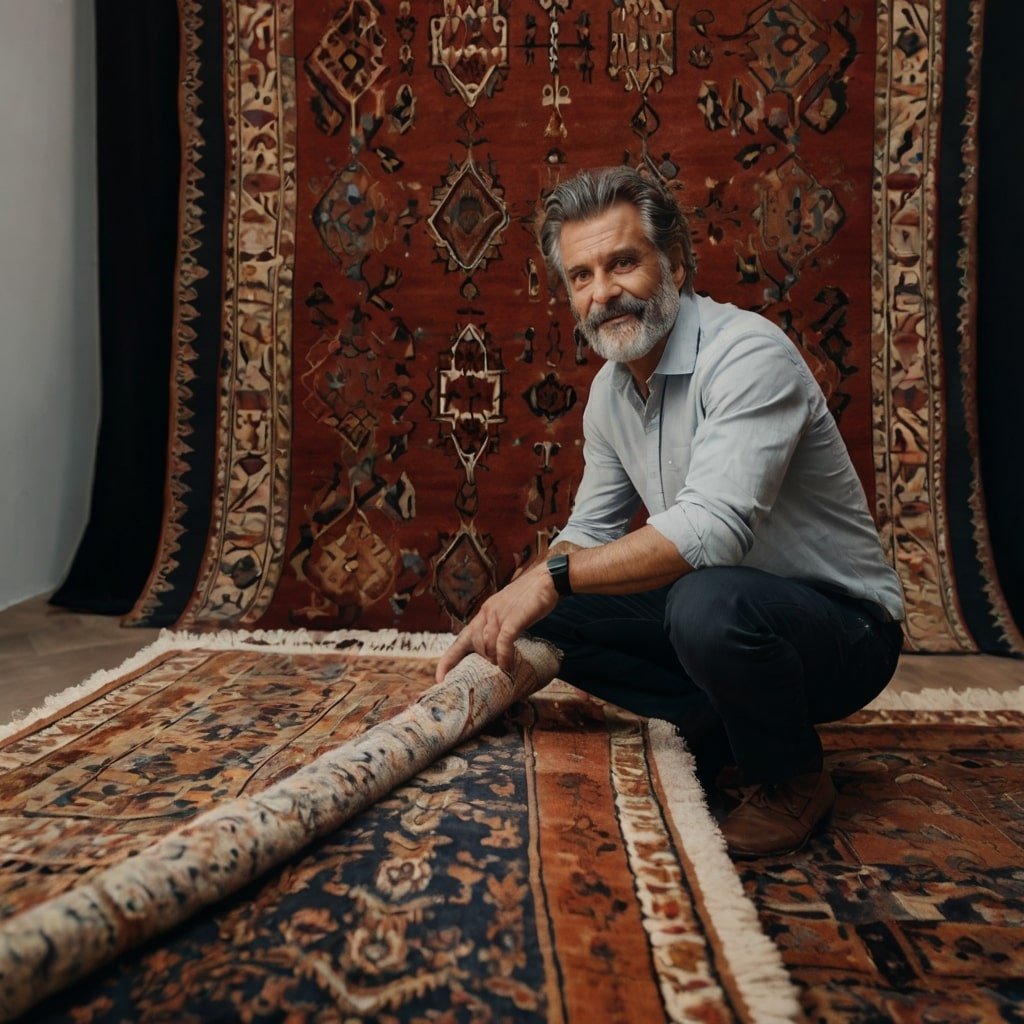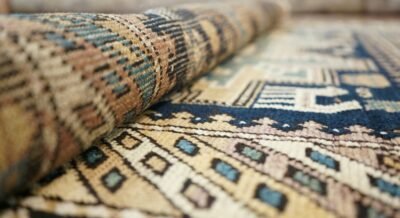The History and Symbolism Behind Tribal Rugs
Tribal rugs are more than decorative textiles — they are cultural artifacts passed down through generations. Woven by nomadic or semi-nomadic tribes across regions like Iran, Afghanistan, Turkey, and the Caucasus, these rugs represent identity, tradition, and storytelling.
At Shabahang Rugs, we honor the deep heritage behind each handwoven tribal rug. This guide dives into the meaning and history of tribal rugs, highlighting the beauty and symbolism behind every thread.

What Are Tribal Rugs?
Tribal rugs are hand-knotted or handwoven pieces crafted by weavers in rural or nomadic communities. Unlike city rugs that follow strict patterns, tribal rugs often:
- Use improvised designs
- Reflect the weaver’s life experiences
- Incorporate natural dyes and hand-spun wool
These rugs are typically smaller in size and more expressive in style.

A Brief History of Tribal Rug Weaving
Tribal rug weaving dates back over 2,000 years, evolving through generations. Rugs were originally made for practical purposes such as:
- Tent insulation
- Prayer mats
- Saddle covers
- Dowries for weddings
As trade routes expanded, these tribal designs gained global recognition, valued for their uniqueness and authenticity.
The Symbolism in Tribal Rugs
Each motif and color in a tribal rug holds symbolic meaning. Here are a few common symbols:
🔸 Geometric Patterns
Used to express strength, protection, or guidance.
🔸 Tree of Life
A symbol of immortality and spiritual growth.
🔸 Eye Motif (Nazar)
A protective symbol to ward off evil.
🔸 Animals
Goats, camels, or birds often symbolize prosperity, journey, or freedom.
🔸 Colors
- Red = vitality and protection
- Blue = power and solitude
- Green = paradise or nature
- White = purity and peace
These elements come together to form a visual narrative — one that reflects the weaver’s environment, beliefs, and emotions.
Why Choose a Tribal Rug?
Tribal rugs offer:
- Authenticity and cultural value
- Natural, earthy aesthetics
- Durability and functionality
- Artistic expression unmatched by factory-made rugs
They fit beautifully in both rustic and modern homes, adding a grounded, soulful touch.
FAQs
Q: Are tribal rugs handmade?
Yes, all authentic tribal rugs are handmade, usually with hand-spun wool and natural dyes.
Q: How are tribal rugs different from Persian city rugs?
Tribal rugs have bolder, more geometric patterns and are less formal. City rugs follow more intricate, symmetrical designs.
Q: Can tribal rugs be used in modern homes?
Absolutely. Their raw, natural beauty pairs well with minimalist or bohemian decor styles.
Related Posts
Top Interior Design Trends with Persian Rugs in 2025
-
Posted by
 Ans Iqbal
Ans Iqbal - 0 comments
Persian vs Oriental Rugs: Key Differences You Should Know
-
Posted by
 Ans Iqbal
Ans Iqbal - 0 comments
How to Choose the Perfect Persian Rug for Your Living Room
-
Posted by
 Ans Iqbal
Ans Iqbal - 0 comments
Why Wool Rugs Are a Timeless Choice for Every Home
-
Posted by
 Ans Iqbal
Ans Iqbal - 0 comments
The Art of Persian Rugs: Why Every Home Needs One
-
Posted by
 Ans Iqbal
Ans Iqbal - 0 comments
Creative Rug Placement Ideas for Small Spaces
-
Posted by
 Ans Iqbal
Ans Iqbal - 0 comments
Caring for Rugs in Humid vs Dry Climates
-
Posted by
 Ans Iqbal
Ans Iqbal - 0 comments
Rug Lifespan: When to Restore, When to Replace?
-
Posted by
 Ans Iqbal
Ans Iqbal - 0 comments
How to Choose Rug Fibers: Wool, Silk, and Sustainable Options
-
Posted by
 Ans Iqbal
Ans Iqbal - 0 comments
Rug Investment Guide: Which Types Appreciate Over Time?
-
Posted by
 Ans Iqbal
Ans Iqbal - 0 comments
Rug Pairing with Flooring Types
-
Posted by
 Ans Iqbal
Ans Iqbal - 0 comments
The Symbolism in Persian Rug Motifs
-
Posted by
 Ans Iqbal
Ans Iqbal - 0 comments
